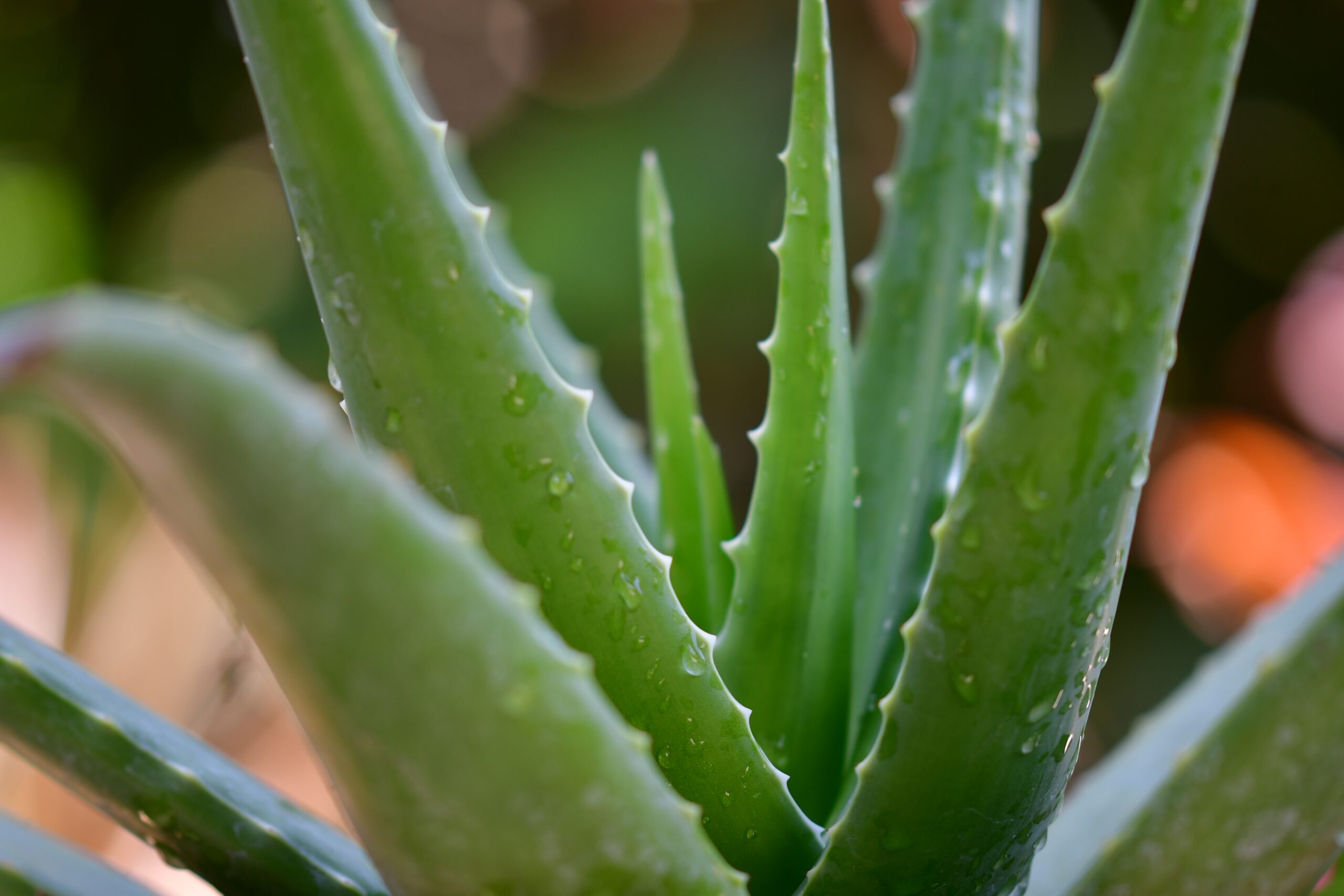Traditional medicinal plants have been used for centuries by indigenous people to treat various ailments and promote overall health and wellness. In fact, many modern medicines have their roots in traditional medicinal plant use. These plants have been passed down through generations and continue to be an important part of many cultures and communities around the world.
The use of traditional medicinal plants has been documented in ancient texts from Egypt, India, China, and Greece, and today, these plants continue to play an important role in traditional medicine practices. The World Health Organization estimates that 80% of people in developing countries rely on traditional medicine for their primary healthcare needs.
Here are some examples of traditional medicinal plants and their uses:
Aloe Vera
Aloe vera is a succulent plant that has been used for medicinal purposes for thousands of years. It is commonly used to treat skin conditions such as burns, cuts, and bruises. The gel inside the plant’s leaves is rich in vitamins, minerals, and antioxidants, making it an excellent natural remedy for skin issues.
Ginger
Ginger is a root that is widely used in traditional medicine to treat a variety of conditions, including nausea, inflammation, and respiratory infections. It is also known for its anti-inflammatory properties, making it an effective treatment for arthritis.
Echinacea
Echinacea is a herb that is commonly used to boost the immune system and treat colds and other respiratory infections. It is also believed to have anti-inflammatory properties and may help alleviate symptoms of autoimmune conditions such as rheumatoid arthritis.
Turmeric
Turmeric is a spice that is widely used in traditional medicine to treat a variety of conditions, including inflammation, digestive issues, and skin problems. It contains a compound called curcumin, which has been shown to have powerful anti-inflammatory and antioxidant properties.
Chamomile
Chamomile is a herb that is commonly used to treat anxiety and insomnia. It is also known for its anti-inflammatory properties and may help alleviate symptoms of digestive issues such as bloating and gas.
Ginkgo Biloba
Ginkgo biloba is a tree that is commonly used in traditional medicine to treat memory and cognitive issues. It is believed to improve blood flow to the brain, which may help improve cognitive function.
St. John’s Wort
St. John’s wort is a herb that is commonly used to treat mild to moderate depression. It contains compounds that are believed to increase levels of serotonin, a neurotransmitter that plays a role in regulating mood.
Peppermint
Peppermint is a herb that is commonly used to treat digestive issues such as bloating, gas, and indigestion. It is also known for its anti-inflammatory and analgesic properties and may help alleviate symptoms of headaches and muscle pain.
Milk Thistle
Milk thistle is a herb that is commonly used to promote liver health. It contains compounds that are believed to protect the liver from damage and may help alleviate symptoms of liver disease.
Saw Palmetto
Saw palmetto is a plant that is commonly used to treat urinary and prostate issues in men. It is believed to have anti-inflammatory properties and may help reduce symptoms of an enlarged prostate.
In addition to these examples, there are thousands of other traditional medicinal plants that are used for various purposes around the world. However, it is important to note that while traditional medicinal plants can be effective, they should always be used under the guidance of a qualified healthcare practitioner.
In conclusion, traditional medicinal plants have been used for centuries to treat various ailments and promote overall health and wellness. They continue to play an important role in many cultures and communities around the world and have even influenced modern medicine.
Note: This article is written with the help of chat GPT.


